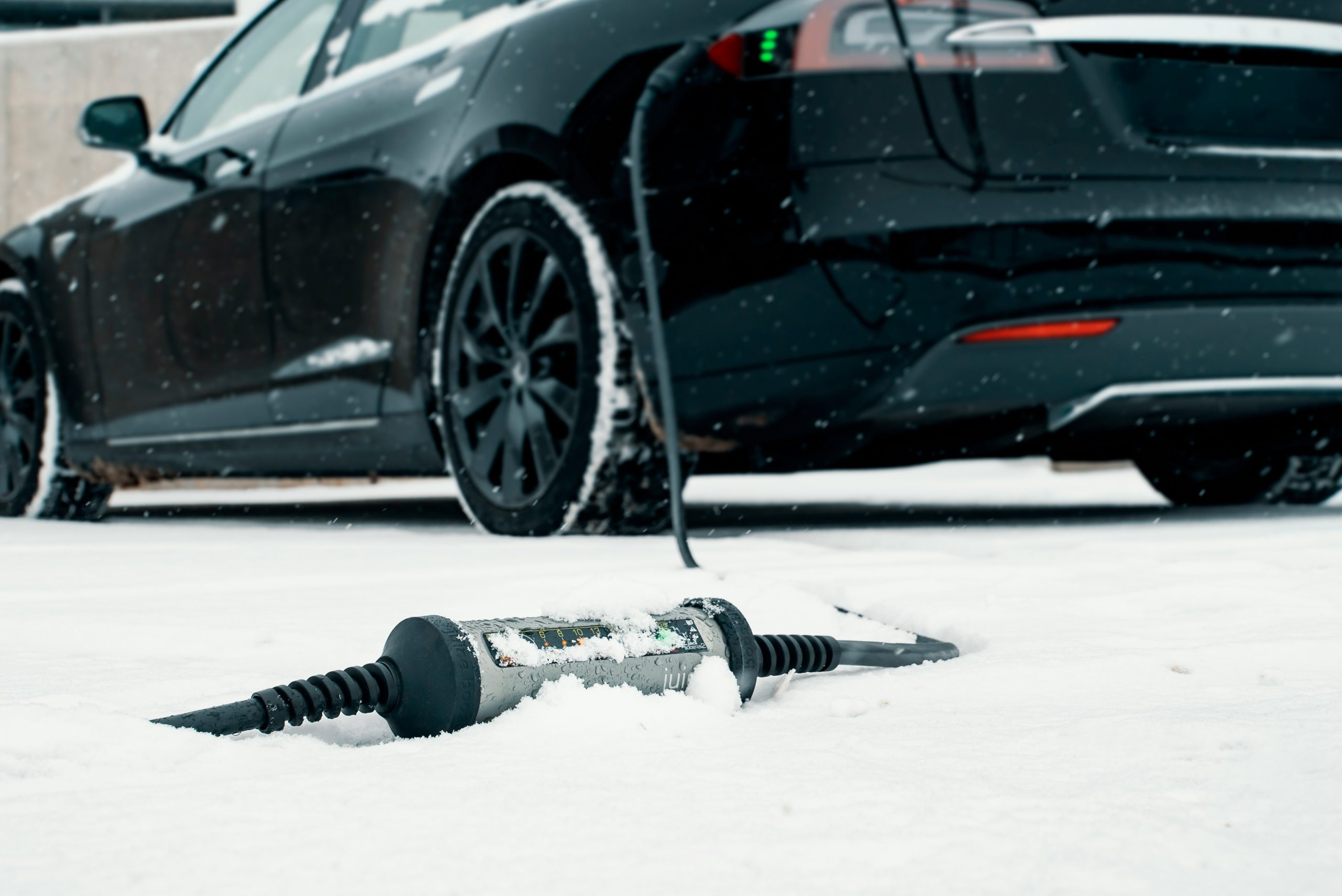
By: Otaiba Ahsan
Being an electric vehicle (EV) owner in an environment that experiences harsh Winters can be challenging. The most common complaint is significantly reduced range, which is caused by factors like less battery capacity and demanding energy requirements to keep the car warm. However, something that’s overlooked is how frigid temperatures can also impact charging. Continue reading to see tips for charging your Tesla in cold weather.
How Does Cold Weather Impact Charging?
The U.S. Department of Energy concluded that on average, EVs can lose up to 39% of range during Winter months. Additionally, this cold weather can lessen charging power as well. There are a few reasons for this.
In short, the cold reduces the capacity of EV batteries. Anytime you plug your car in to charge, the Tesla software helps control the charging rate, and at frigid temperatures, the software will reduce its charging power to avoid stressing the battery.
The impact of cold on batteries was further proven with a study from the Idaho National Laboratory. They discovered that at 32 degrees Fahrenheit or below, an EV battery took 36% less energy than when it was charged for the same amount of time at 77 degrees Fahrenheit. Therefore, it’s safe to say that it’ll take more time to charge your Tesla in colder weather.
NOTE: Live in a cold climate with messy Winters? See our Tesla Owner’s Complete Guide to Winter Tires so you can make the best decision when looking for your next set of tires.
Tips for Charging the Car
Now that we know the why, here are some cold weather best practices for charging your Tesla.
1) Use Tesla Navigation:
Anytime you drive in the Winter, it’s a good idea to use Tesla Navigation. The reason is that if your car needs to charge at any point, it’ll automatically map you to a Supercharger on your route. More importantly, as you approach the Supercharger the vehicle will precondition the battery for charging. This will help speed up the slower charging times that are typically seen.
2) Park and Charge Indoors:
Whenever possible, always try to park your car indoors when charging. Even if it’s freezing cold outside, the temperature under any shelter, like a garage, will always be warmer. Therefore, it creates a better environment for the battery to charge in. If you don’t typically charge at home, look to see if there are any Superchargers or third-party chargers that are indoors. Many parking garages have them.
Charge Port
If you’ve left your car outside during frigid temperatures, there’s a possibility of the charge port latch freezing. There have also been situations where Tesla owners had their cables stuck in the port due to ice. It’s important not to try and use excessive force to solve the problem, as there’s a risk of damaging the vehicle.
Instead, it’s recommended that you defrost the car and try again after the cabin has warmed up. To do this, open the Tesla app and hit Climate > Defrost Car. As the ice and snow melt from the area, it should be safe to access again without risk of damage.
The Bottom Line
That completes the guide on tips for charging your Tesla in cold weather. In summary, Tesla’s will charge at slower speeds during temperatures below 0 degrees Fahrenheit due to reduced battery capacity. To help mitigate the effects of the cold, it’s best to use Tesla navigation when driving so that the battery preconditions as you approach the station. Additionally, it’s best to park indoors when charging if possible.
